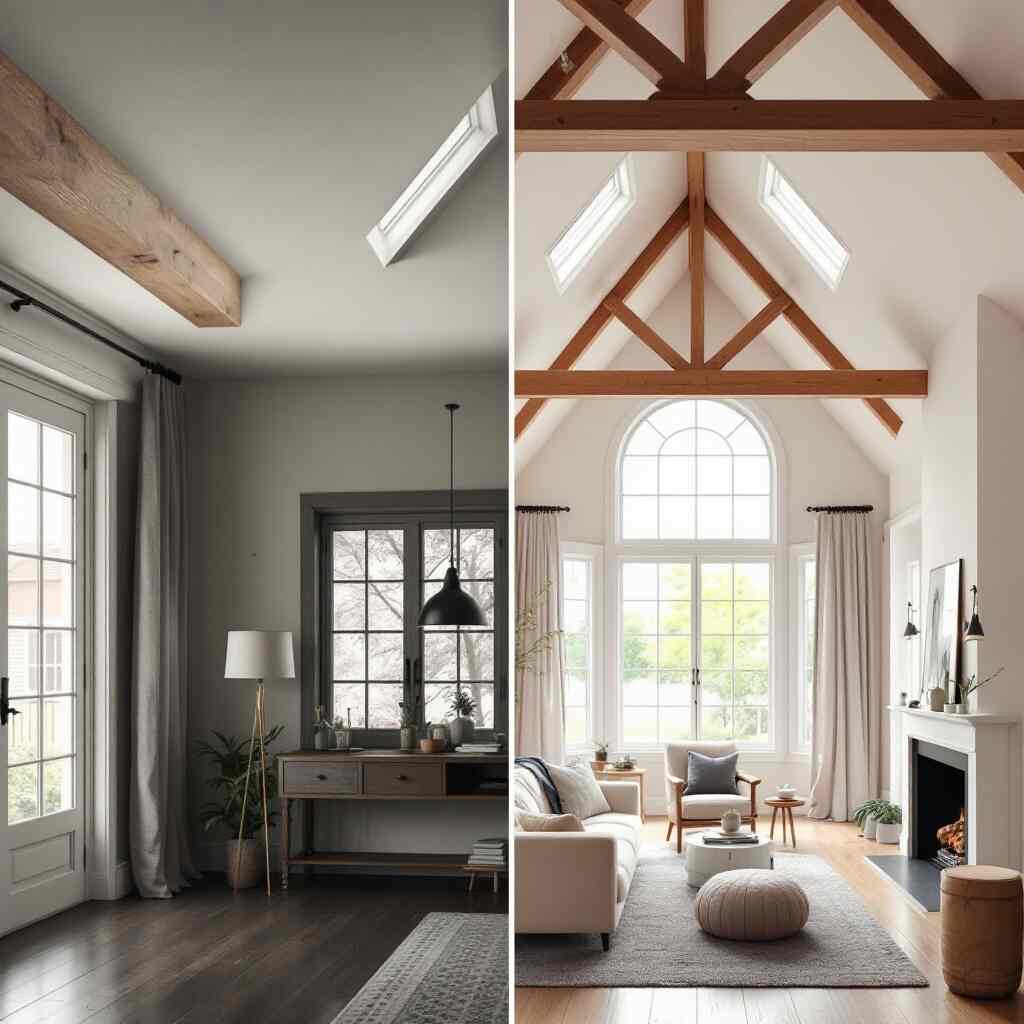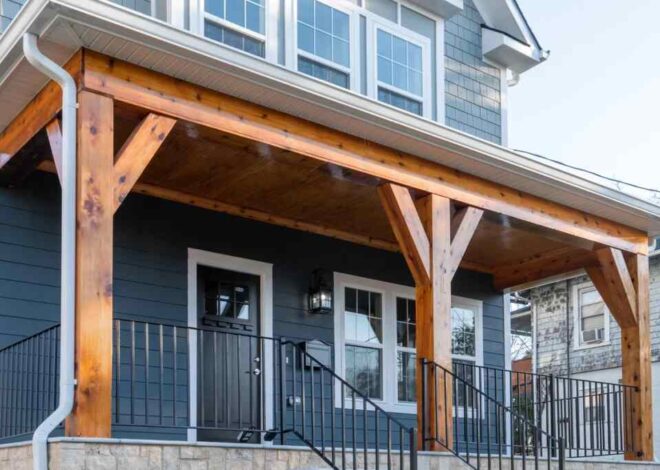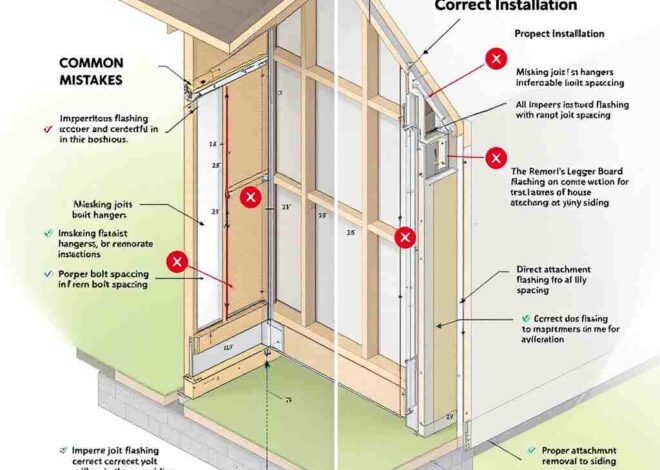
Is it possible to raise a house’s roof?
Have you ever looked up at your ceiling and imagined what your home might feel like with more overhead space? Can you raise the roof on your house to create more space or add value? This might seem daunting, but today, we’ll explore the intriguing possibilities that roof-raising can offer homeowners.
Importance of Roof Raising
Raising the roof is more than just an architectural change; it’s a transformation that can significantly enhance the functionality and value of your home. It’s particularly relevant for those looking to modernize or expand their living spaces without relocating.
| Aspect | Details |
|---|---|
| Feasibility | Raising a roof is possible but requires professional expertise and planning |
| Reasons to Raise Roof | – Increase interior space (e.g., add rooms or floors) |
| – Improve aesthetics (e.g., vaulted ceilings) | |
| – Enhance property value | |
| – Accommodate additions like dormers or skylights | |
| Methods | – Lifting Existing Roof: Using hydraulic jacks to raise the roof and extend walls |
| – Rebuilding Roof: Constructing a new roof structure at a higher level | |
| Planning Steps | – Structural assessment by engineers |
| – Design plans by architects | |
| – Obtain necessary permits | |
| – Hire qualified contractors | |
| Costs | Costs vary based on labor, materials, permits, and structural reinforcements. Budget estimates are provided after design and engineering |
| Challenges | – Requires temporary housing during construction |
| – Potential disruption to electrical, plumbing, and HVAC systems | |
| – Compliance with building codes and zoning laws |
What Does It Mean to Raise a Roof?

Definition
To “raise the roof” typically involves lifting the existing roof structure somewhat higher or completely reconstructing it to increase the overall height of the house. This process requires careful planning and professional execution.
Common Reasons for Raising a Roof
- Increasing interior space: Perfect for adding a new bedroom or home office.
- Adding value to the property: Higher ceilings can make a property more appealing to prospective buyers.
- Enhancing aesthetics: Introducing modern design elements like vaulted ceilings can dramatically change a home’s feel and look.
Is It Possible to Raise a Roof on a House?

Feasibility
Yes, it is generally possible to raise a roof. Still, the feasibility depends on several factors, including the current structure’s strength, local building codes, and the foundation’s capacity to handle additional weight.
Types of Roof-Raising Projects
- Using hydraulic jacks: This method temporarily lifts the current roof to bolster or rebuild underneath.
- Complete Reconstruction: The entire roof might be replaced for more extensive modifications.
Real-Life Examples
Consider a family in Ohio who successfully raised their 1940s bungalow roof, adding a full second story and nearly doubling their living space.
You may also read (my roof is made of tyvek can i use it)
Benefits of Raising a Roof

Increased Interior Space
Imagine transforming your attic into a spacious main suite or a playroom for kids. Raising the roof opens up new areas for rooms that were not previously possible.
Enhanced Aesthetic Appeal
Modern architectural trends often favor higher ceilings and open layouts, which can be achieved through raising the roof.
Higher Property Value
Homes with higher ceilings and additional living space typically attract higher market prices, making them more lucrative investments.
Improved Functionality
This renovation can also improve the overall efficiency of the home’s heating, ventilation, and air conditioning (HVAC) systems.
Challenges and Considerations
Cost Factors
The costs involved can vary widely, typically ranging from $20,000 to over $100,000, depending on the scope and complexity of the project.
Structural Limitations
Older homes with weaker foundations or those not originally designed to support a higher structure face significant challenges.
Zoning Laws and Permits
Local zoning laws can significantly affect what can be done legally. Always consult with local authorities about what’s permissible.
Temporary Displacement
It might be necessary to relocate temporarily during construction, which can be a significant inconvenience and an additional cost.
How to Raise a Roof

Step-by-Step Process
- Planning and design: Collaborate with architects to create a feasible design.
- Permit acquisition: Ensure all local building codes are met and permits are obtained.
- Site preparation: This might involve temporarily removing parts of the existing roof.
- Construction: The roof is then either lifted using specialized equipment or reconstructed.
- Interior finishing: Includes insulation, drywall installation, and painting.
Tips for Success
- Choose experienced contractors who are well-versed in similar projects.
- Maintain a realistic timeline and budget to manage expectations and financial planning.
Costs of Raising a Roof
Factors Influencing Costs
Materials, labor, design complexity, and necessary structural reinforcements can influence the total cost.
Cost Ranges Based on Project Scope
Costs can range from:
Project ScopeEstimated Cost Range
Basic Lift $15,000 – $25,000
Complete Reconstruction $30,000 – $100,000+
Budgeting Tips
Working with a design-build firm can provide more accurate upfront estimates, potentially saving money and time.
| Aspect | Details |
|---|---|
| Reasons to Raise Roof | – Create additional living space (e.g., rooms or second floor) |
| – Improve architectural aesthetics and property value | |
| – Enhance insulation and energy efficiency | |
| – Increase natural light with windows/skylights | |
| Types of Roofs | – Stick-Framed: Easier to modify, allows attic expansion |
| – Truss-Framed: Requires full roof raising due to lack of attic space | |
| Structural Considerations | – Walls must be made taller from the bottom up, not just adding kneewalls |
| – Structural engineer needed to ensure stability and load-bearing capacity | |
| Process | 1. Inspect current structure and remove existing roof (1-2 weeks) |
| 2. Strengthen structure, lift roof, and add new framing (2-4 weeks) | |
| 3. Install new roofing materials, insulation, drywall, and finishes (2-4 weeks) | |
| Costs | – Approximate cost for small properties: $15,000–$20,000 |
| – Larger or complex roofs may cost significantly more | |
| Permits | – Building permits are required for roof modifications |
| – Contractors typically handle permit applications | |
| Timeframe | Total duration: 8–16 weeks depending on project complexity |
| Challenges | – Additional load on walls and foundation must be addressed |
| – Compliance with updated building codes adds cost |
When Should You Consider Raising Your Roof?
Best Scenarios for Roof Raising
- In tight housing markets, where moving to a larger home isn’t practical.
- When your home is in a desirable neighborhood but lacks adequate space.
When It Might Not Be Worth It
The investment might not justify the returns due to high costs for minor enhancements, such as slightly raising the ceiling height.
Alternatives to Raising a Roof
Other Expansion Options
Building outward, such as adding a room extension, might be a viable alternative if raising the roof is not feasible.
Interior Adjustments
Adjusting the interior layout or lowering the floors can also create the illusion of more space without altering the roof.
Conclusion
Recap Key Points
We’ve explored the feasibility, benefits, challenges, and steps of roof-raising. This significant modification can dramatically enhance a home’s functionality and aesthetic.
You may also read (how much does a lean to roof cost)


